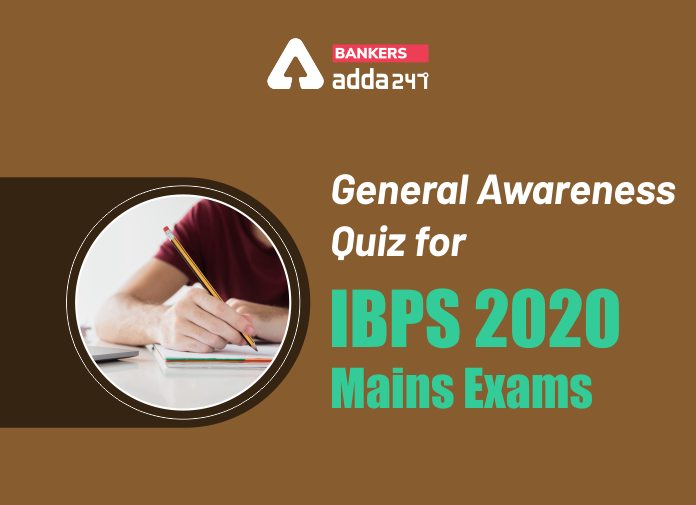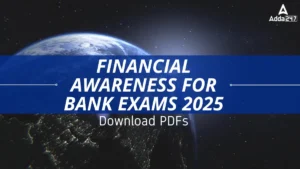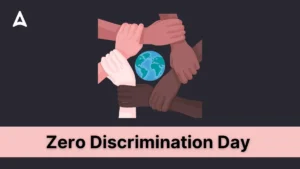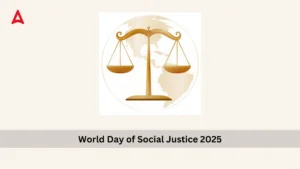Q1.The largest and the oldest bank which is still in existence in India is-
(a)Bank of India
(b)State Bank of India
(c)Punjab National Bank
(d)Allahabad Bank
(e)Syndicate Bank
Q2.How many banks were nationalised in 1969?
(a)10
(b)11
(c)12
(d)13
(e)14
Q3.The Indian banking sector is broadly classified into-
(a)Scheduled banks and Non-scheduled banks
(b)Commercial banks and Non-commercial banks
(c)Corporate banks and Non-corporate banks
(d)Public banks and Foreign banks
(e)Domestic banks and Non-domestic Banks
Q4.What are the main functions of Reserve Bank of India?
(a)Issue of Notes
(b)Banker’s Bank
(c)Banker to the Government
(d)Controller of the Credit
(e)All of the above
Q5.Who has the authority to sign on Re1 note?
(a)Governor of RBI
(b)Finance Minister
(c)Chief Economic Advisor
(d)Finance Secretary
(e)Vice President
Q6.At present how many public sector banks are working in India?
(a)21
(b)20
(c)15
(d)12
(e)10
Q7.Chillar App is an app to make banking through your mobile simple and convenient, It is offered by which Bank?
(a)Oriental Bank of Commerce
(b)ICICI Bank
(c)HDFC Bank
(d)Bank of Baroda
(e)Canara Bank
Q8.In APR, Expand the term ‘R’-
(a)Ratio
(b)Rate
(c)Resolution
(d)Reconstruction
(e)Real
Q9.Define Letter of credit-
(a)A letter issued by a bank to another bank (especially one in a different country) to serve as a guarantee for payments made to a specified person under specified conditions.
(b)A document that orders a bank to pay a specific amount of money from a person’s account to the person in whose name the cheque has been issued.
(c)An unsecured promissory note with a fixed maturity of rarely more than 270 days.
(d)A certificate issued by a bank to a person depositing money for a specified length of time at a specified rate of interest.
(e)All of the above
Q10.Banking Instruments Include-
(a)Cheques
(b)Drafts
(c)Bills of Exchange
(d)Letter of Credit
(e)All of the above
Q11.On the Recommendation of which committee Private sector players entered into Banking System?
(a)Nachiket Mor committee
(b)Narsimhan committee
(c)Usha Thorat committee
(d)Basel Committee
(e)Bhurelal Committe
Q12.Which was the First Bank of India to provide mobile ATM?
(a)ICICI Bank
(b)HDFC Bank
(c)Axis Bank
(d)Indusind Bank
(e)Bandhan Bank
Q13.When was the process of computerization Introduced in all branches of Banks?
(a)1991
(b)1992
(c)1993
(d)1994
(e)1995
Q14.Which statement is Incorrect?
(a)Bancassurance is the concept of selling insurance products of insurance companies by banks. (b)Retail banking is a type of banking in which direct dealing with retail customers is done.
(c)Skimming is a method used by fraudsters to capture customer’s personal or account information of Pan card.
(d)Green banking means promoting environmentally friendly practices and reducing your carbon footprints from your banking activities.
(e)MSF is the rate through which bank can borrow funds for Short time – Overnight basis.
Q15.The Banking Ombudsman Scheme was introduced under Section 35 A of the Banking Regulation Act, 1949 by RBI with effect from-
(a)1990
(b)1991
(c)1992
(d)1994
(e)1995
Solutions
S1.Ans.(b)
Sol.The largest and the oldest bank which is still in existence is the State Bank of India (SBI).
S2.Ans.(e)
Sol.14 banks were nationalised in 1969.
The following banks were nationalized in 1969:
1-Allahabad Bank (now Indian Bank)
2-Bank of Baroda
3-Bank of India
4-Bank of Maharashtra
5-Central Bank of India
6-Canara Bank
7-Dena Bank (now Bank of Baroda)
8-Indian Bank
9-Indian Overseas Bank
10-Punjab National Bank
11-Syndicate Bank (now Canara Bank)
12-UCO Bank
13-Union Bank of India
14-United Bank of India( now Punjab National Bank)
S3.Ans.(a)
Sol.The Indian banking sector is broadly classified into scheduled banks and non-scheduled banks.
S4.Ans.(e)
Sol.The main functions of Reserve Bank of India are-
1-Issue of Notes
2-Banker’s Bank
3-Banker to the Government
4-Controller of the Credit
5-Custodian of Foreign Reserves
S5.Ans.(d)
Sol.The one rupee note is the only note bearing the signature of the Finance Secretary and not the Governor of the RBI.
S6.Ans.(d)
Sol.Currently India has 12 Public sector banks and RBI is the central authority that manages all the banking operations in India.
S7.Ans.(c)
Sol.Chillar App is an app to make banking through your mobile simple and convenient, It is offered by HDFC Bank.
S8.Ans.(b)
Sol.APR stands for Annual Percentage Rate, and it is a charge or interest that the bank imposes on their customers for using their services like loans, credit cards, mortgage loan etc. The interest rate or fees imposed is calculated annually.
S9.Ans.(a)
Sol.A Letter of credit is a letter issued by a bank to another bank (especially one in a different country) to serve as a guarantee for payments made to a specified person under specified conditions.
S10.Ans.(e)
Sol.Banking Instruments Include-
1-Cheques
2-Drafts
3-Bills of Exchange
4-Letter of Credit
S11.Ans.(b)
Sol.In 1991, Narsimhan committee gave its recommendations to allow the entry of private sector players into Banking System.
S12.Ans.(a)
Sol.ICICI was the First Bank of India to provide mobile ATM.
S13.Ans.(c)
Sol.The process of introducing computerization in all branches of banks began in 1993 in line with the Committee on Computerization in Banks’ recommendations, which had been submitted in 1989.
S14.Ans.(c)
Sol.Skimming is a method used by fraudsters to capture customer’s personal or account information of credit card.
S15.Ans.(e)
Sol.The Banking Ombudsman Scheme was introduced under Section 35 A of the Banking Regulation Act, 1949 by RBI with effect from 1995.
Practice with Crash Course and Online Test Series for IBPS Mains 2020:
- IBPS RRB PO and Clerk Prime 2020-21 Online Test Series
- IBPS PO Online test series (Prelims + Mains) 2020 by Adda247
- IBPS KA MAHAPACK Online Live Classes




 Financial Awareness for Bank Exams 2025,...
Financial Awareness for Bank Exams 2025,...
 Zero Discrimination Day is Observed Ever...
Zero Discrimination Day is Observed Ever...
 World Day of Social Justice 2025, Theme,...
World Day of Social Justice 2025, Theme,...





